Knowing Asus, it was just a matter of time before they launched a mini laptop built on Intel’s CedarTrail Atom platform. And today we’re going to speak exactly about this one: the Asus EEE PC 1225C, with C from CedarTrail of course.
The unit I had for tests for the last couple of days is a pre-release sample, thus not a final store-product, but should give you a pretty close idea on what you have to expect from this series of compact laptops.
Like the 1225B we tested before, the 1225C is an 11.6 inch laptop, not a 12.1 incher like in the past, as Asus moved their 12XXX line towards this smaller standard. It promises to offer decent performances in a compact body, plus an HD screen, but it’s basically just an oversized netbook, with whom it shares the hardware platform inside.
How is it going to perform on a daily use basis and is this one worth buying as opposed to the 10 inch series or the other mini laptops on the market, these are just some of the questions you’ll get answers for by reading the review bellow.
Table of Contents
Video Review
Design and exterior
Keyboard and trackpad
Display
Hardware and performances
Software
Connectivity, heat, noise and others
Battery life
Prices and availability
Wrap up
Specs sheet – Asus 1225C EEE PC
But first, let’s have a look at the specifications sheet, so you’ll know what are we talking about here.
Right now, when writing this review, the 1225C is not available in shops, this is a pre-release unit, thus the models available in your countries later this year might not be identical to what we’re testing here, especially since I’m quite sure Asus will also have 1225C with the faster Atom D series of processors on board.
So like I said above, this is the same platform we’ve seen on the 1025CE I also reviewed a couple of days ago. However, for the 1225C, the config includes 2 GB of RAM, bigger Hard-drive and Windows 7 Home Premium as default. But while the platform allows up to 4 GBs of memory, the memory modules are soldered to the motherboard, so there’s no way to upgrade your device.
| Asus EEE PC Flare 1225C | |
| Screen | 11.6 inch, 1366 x 768 px resolution, glossy |
| Processor | Intel CedarTrail Atom N2800, 1.86 GHz |
| Chipset | Intel NM10 |
| Video | Intel GMA 3650 HD (640MHz) |
| Memory | 2 GB DDR3 1066 MHz |
| Hard-disk | 500 GB 5400 rpm |
| Connectivity | Wireless N, Fast Ethernet, Bluetooth 3.0 |
| Ports | 2 x USB 3.0 and 1 x USB 2.0, VGA, HDMI, LAN, card-reader, webcam |
| Baterry | 6 Cell 5200 mAh 56 Wh |
| Operating system | Windows 7 Home Premium |
| Size | 296 x 200 x 28 ~35 mm |
| Weight | about 1.45 kg (3.2 pounds) |
Video review – Asus EEE PC 1225C
If you don’t feel like reading the entire post bellow, this thorough video review will tell you what you need to know about the 1225C EEE PC.
Design and exterior
The Asus 1225C is going to be offered in a bunch of different colors and with a choice of glossy or matte lid covers. My test unit comes in what I find the worst combination possible: glossy and black, thus a display of fingerprints, smudges and scratches. Don’t get me wrong though, the shinny exterior looks great, as long as you never actually touch it; once you start using the mini laptop, it turns to ruin though.
The bottom is made from black textured plastic and has a memory bay, but surprise surprise, opening it you’ll find that there’s no way to actually upgrade your memory, as the modules are soldered on the motherboard. At least on this test unit; but I do hope some 1225Cs will have upgradeable modules, otherwise I don’t see the point for this dedicated memory bay.
On the sides, you get all the ports you need, plus those chromed decorations, a trademark for the EEE PC Flare line.
Speaking of it, the 1225C is part of the EEE PC Flare family, thus bringing this new body shape, slightly more compact that the SeaShell before, although pretty much the same in terms of weight (about 3.2 pounds for the whole thing, with the 6 Cell battery).
And there’s one more thing I wanted to add: while the 1225C is now an 11.6 inch laptop, as opposed to the previous series of 12.1 inch laptops, it does not feel lighter or more compact that it used to be. That’s why I consider it just a standard sized 12 incher with a small screen, and the big bezel around the display stands as proof of that.
Keyboard and trackpad
The keyboard is standard for EEE PC Mini laptops and probably identical to the one on the 1225B. Keys are Full-sized, proper spaced, and despite being a bit wobbly, the overall typing experience is alright once you get use to the whole thing. This test unit came with the US layout, which I fancy a lot more than the European one, but there still are those extra keys on the right side of the keyboard, where Enter/Backspace and the others are usually placed.
The trackpad is a slightly oversized version of what you get on the new 10 inch EEE PCs, and that’s actually a good thing, as the trackpad on the 1225B was quite bad. The touchpad feels good and is accurate, but I still would have enjoyed more space to move around those fingers on it, as it feels a bit cramped and short. The click button is alright, as you don’t have to press too hard to register commands, but a solution with separated Right/Left click buttons would have been more appreciated.
Display
The screen is glossy, and like I said in my review for the Asus 1225B, it’s actually quite bad, especially when speaking about vertical viewing angles. It’s not incredibly bright either, thus using it in strong light is going to be painful, but as long as you don’t take the mini laptop outside and get used to always having to adjust the screen for proper color reproduction, you might be OK. It’s not like you can find a lot better in this class anyway, although there’s a lot of room for improvement.
On the other side, I like the textured plastic bezel and the fact that the screen can bend on its back, so you can adjust that viewing angles even when working on your couch or in bed.
Oh, and one more thing, there might some 1225C versions with matte displays down the road, although I haven’t seen one so far, so keep an eye for those if you hate glossy screens, like I do.
Hardware and performances
You take a low-power Intel Atom platform, you put a case on it and an 11.6 inch screen and you get the 1225C with an Atom N2800 CPU, 2 GB of RAM, 500 GB HDD and Windows 7 Home Premium. If you’ll say that’s exactly the same platform you can get on the 1025CE, you’re right. If you’ll say that, since it has to run the bigger resolution screen and Windows 7 Home Premium, everyday use performances will probably be poorer, then guess what, you’re right again.
In fact, that’s what I was expecting when seeing the config and I was actually a bit disappointed, I was hoping to see the more-powerful Atom D series on this machine, the one developed for mini laptops, but that’s not the case. Not yet at least.
Anyway, you noticed in the video review that the 1225C did felt a bit sluggish and had problems running Full HD content. With a couple of codec tweaks, I managed to mostly solve that last issue, but the overall sluggishness is still there and I doubt it’s going to go away, even when Intel is going to release some proper drivers for the platform.
Cause yes, right now, the CedarTrail platform lacks drivers, mostly for the graphics, which prevented me from running some of my standard benchmarks (they could not be initiated). I also didn’t test any games for the time being, but I’ll get back an rerun the tests once those drivers do get released in the end.
Anyway, bellow you can find a series of benchmarks results.
Based on what I know, the 1225C is also going to be offered with an Atom N2600 CPU, the entry-level CedarTrail CPU Asus also uses on their cheap X101CH 10 inch netbook. So if this mini laptop feels sluggish with the Atom N2800, it will perform even more poorly with that slower CPU.
Thus, if you think about buying a 1225C and don’t want to waitg for the faster Atom D series powered versions that should come in the future, at least buy the N2800 version. It’s probably going to be slightly more expensive then the N2600 model, but trust me, those extra money are well worth spending.
Software
There’s Windows 7 Home Premium installed on this machine, plus a bunch of bundled pieces of Software. Personally, I recommend getting rid of most of them, but there are still some good ones, like Asus’s WebStorage service.
One thing I must speak of is the Instant ON! feature, which seems to be indeed present on this unit. This one allows your laptop to get in and out of Sleep mode in just seconds (although, as the video reviews proves, this mini laptop needs 5-7 seconds for that and it’s not as fast as other machines I’ve seen with this feature onboard ) , and while dormant, it will make it incredibly energy efficient. In fact, the widget on this 1225C indicates 15+ hours of standby time with Instant On! working, which is great, considering that the previous generation Atom powered machines could only last for merely a day or two while sleeping.
Heat, noise, speakers and others
The Asus 1225C offers good connectivity options, with HDMI and VGA video output, card-reader, webcam and two USB 3.0 slots. You also get Wireless N, Fast Ethernet and Bluetooth. However, since the Intel NM10 chipset does not support USB 3.0 slots by default, I’m sure this feature won’t be present on all 1225Cs and some markets will get the mini laptop without it. So better check those specs before buying your unit.
With the Atom N2800 CPU inside, the 1225C is definitely not fanless, as you can sometimes hear the overall quiet fan and feel the breath of hot air coming out of that cooling exhaust on the left. The device also doesn’t get hot, not even when pushed, so you can easily use it on your lap, no matter what you’re running on it.
As for the speakers, those are not bad and definitely pack more punch that the ones on the new 10 inch EEE PCs, but they still sound a bit dull, lacking the power they’d need to fill a noisier room.
Battery Life
With a 6 Cell 56Wh 5200 mAh battery and that low-power platform inside, I was expecting the 1225C to excel in terms of battery life, and I was not wrong.
On a daily average use regime, you should expect about 5 and a half, 6 hours of life out of this one, while running a browser, chatting with friends, watching some clips, listening to some music, on Auto mode and screen at about 70%. You know, the kind of things you usually do on such computers.
While looping a 720p .mkv file, with Wi-Fi OFF, Auto mode selected in SHE and screen at 50%, you’ll get about 315 minutes of life out of that battery, which is OK, considering the HD screen. Looping a 1080p clip will lead to only about 4 hours of life, plus performances might get sluggish sometime.
Of course, you can stretch these numbers, and get to a maximum of probably 8-9 hours of life, for very light use (like reading something), with no Wireless, Power Saver mode selected and the screen dimmed to bare minimum. But I doubt you’re going to use it like that too often.
Prices and availability
While I don’t have 100% confirmed details on prices, I do know that over here the Asus 1225C is going to be about 5-10% cheaper than the 1225B. For the US, that’s going to translate in about $420, however, as my sources say, that’s for an Atom N2600 powered unit, with no USB 3.0 ports.
That means that the unit I’m testing here, with the Atom N2800 CPU and better connectivity options, will probably go for more.
Personally, I find it expensive. Yes, that’s probably because of this shortage of Atom CedarTrail platforms right now and prices will for sure drop in the future, but let’s face it, the 1225C is not a match for the 1225B, performance wise, thus it needs to have a lower price tag if it hopes to appeal potential customers.
My predictions could be wrong, although they are based on announced prices for the local market here in Europe, so let’s wait for the 1225C to pop in the US and I’ll update this section then.
Wrap up
The 1225C is a basically a bigger netbook. But, when pushing an HD display and Windows 7 Home Premium on the same hardware you get on 10 inch machines, you have to expect a poorer everyday experience, especially when dealing with low-power hardware. And that’s the case here as well.
Having tested the 1025CE and the 1225C within days of each other, I found the latter more sluggish at everyday tasks, but also when dealing with multimedia content. Might be an issue with my test unit, but I personally doubt it.
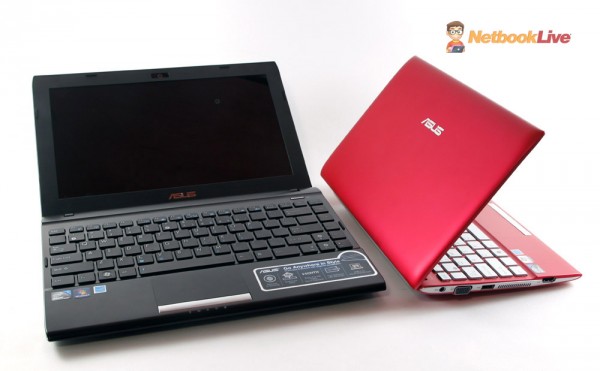
Asus EEE PC 1225C has potential, but right now is just a bigger, more sluggish and more expensive netbook
Of course, for light everyday use, this will still be alright, and the bigger display will appeal to many potential netbook buyers. However, I just can’t advice anyone buying the 1225C over the 1225B right now. Yes, you get extra battery life, but is this really worth dealing with the sluggishness and all these drivers issues you get with the new Atom platform? I’d say no, especially when the two are basically announced to sell for the same price.
On the other side, a 1225C with a D series Atom CedarTrail and a sub $400 price point, that might be a good option. And that config will surely be available down the road, but not just yet. So let’s not roll down the Asus 1225C just yet, despite the issues encountered on this test unit, and give it time; it might still have a future among budget mobile-laptop buyers.

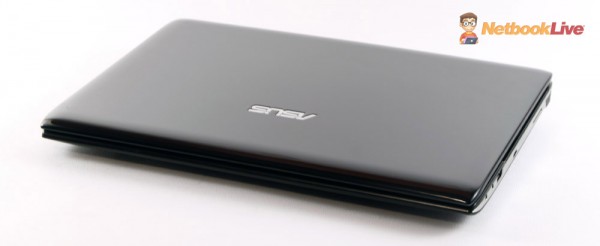
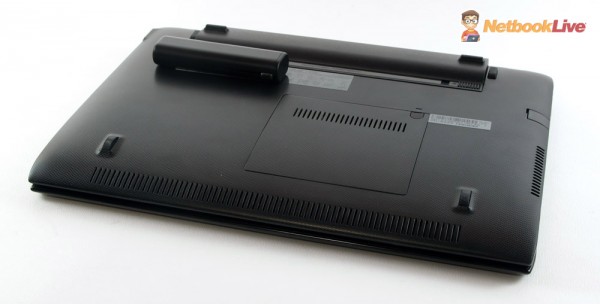
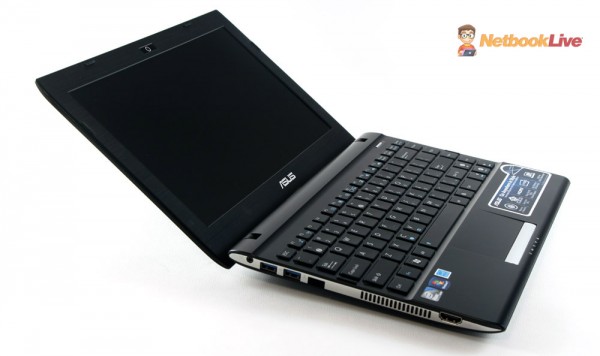

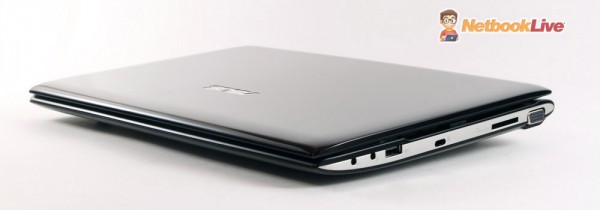
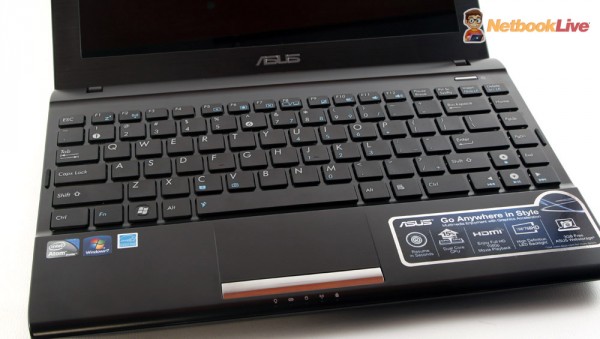
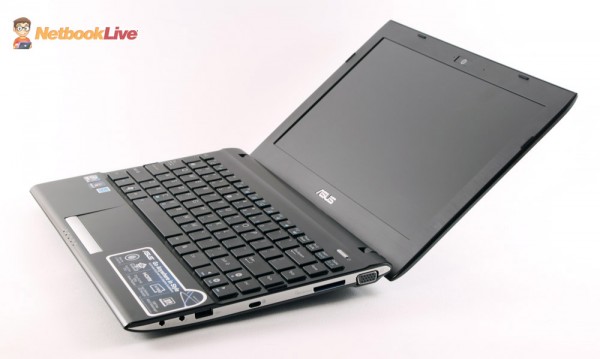
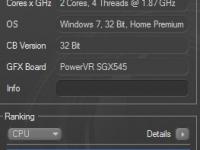
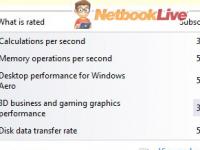
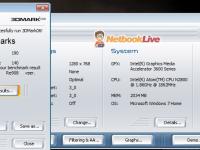
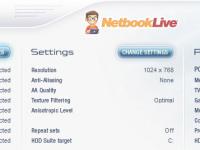
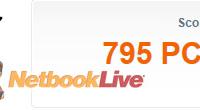
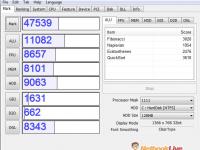
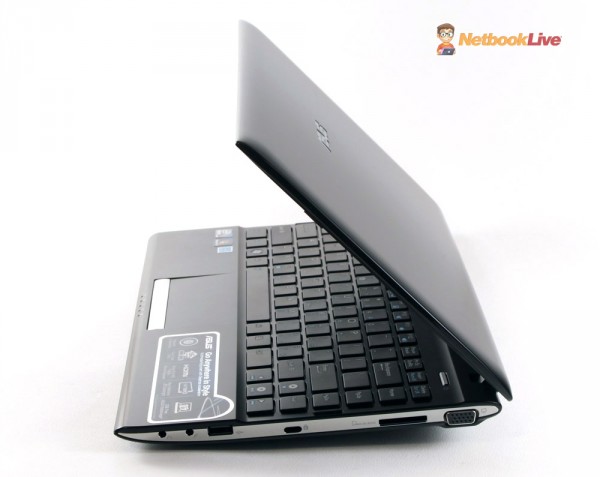
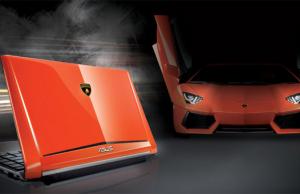

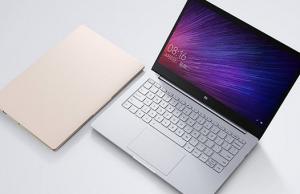
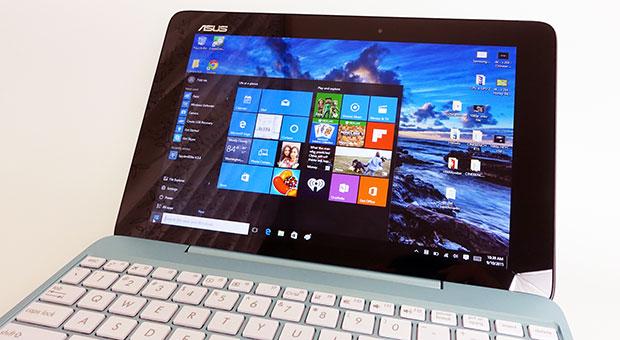




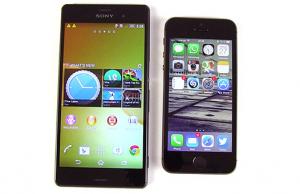




sarasota reader
March 1, 2012 at 6:56 am
I also own a 1000H that has served me well, but it’s time for an upgrade. I want the 1225 with a matte screen, 4GB RAM, and a fast CPU. Bundle those for under $400 and I’ll buy the critter.
Hariharan
October 15, 2012 at 9:41 am
Is it possible to upgrade the machine to 4GB DDR3 1066MHz RAM?
Andrei Girbea
October 17, 2012 at 12:32 am
yes, but you’ll need a 64 bit windows for that
Hariharan
October 17, 2012 at 11:58 am
Ya that’s not a problem. 32 bit windows 7 works up to 4 GB RAM. I have it in my Dell studio
Andrei Girbea
October 18, 2012 at 10:25 pm
only 3 of those are usable though
Abhishek
October 28, 2012 at 5:48 pm
@Mike
I saw your video on youtube. Not much impressed with the performance of 1225C. I want a 10-12 inch netbook for programming (visual studio 2008), reading ebooks, light gaming etc should I go for Asus 1225C? My budget is $400. Please suggest.
Andrei Girbea
November 4, 2012 at 10:49 pm
hmmm, I’d probably pick something with a newer AMD APU, like the e1800 . And i think i’d go with the HP dm1, it has a very good keyboard. As for the 1225C, the CedarTrail Atom was quite slow and had problems with drivers, so I wouldn’t actually go for it
Karan
January 18, 2013 at 8:35 pm
I love this laptop for its screen, light build and good battery. However sluggish performance really spoils the show. Is there any latest driver to improve performance of the processor. Also i am using windows 7 home, will it help if i switch to xp?
Blaz
January 21, 2013 at 11:41 pm
do not buy 64-bit win 7 OS for this no VGA driversers
do not buy win 8 for this unsupported INTEL SCAM
win 7 32-bit very slow
gonna try ubuntu next
if that doesnt cut it im throwing it out the window and buying something else
i dont even wanna sell it to someone cuz its so crappy and i dont wanna scam anyone into it,
maybe go amd
cedar trail is intel scam DONT BUY
evergreen
March 7, 2013 at 12:13 am
oh boy it’s slow.. maybe it’s 2 core atom but it seems exactly as slow as old ass one core atom.
Slugish under win8, unworkable under win7, do the math
Vvj
December 19, 2014 at 10:01 am
What is the battery Back up of Asus X200MA 11.6″ Touch Screen Laptop – Intel Celeron N2830 / 4GB Memory / 500GB HD / Webcam / Windows 8 64-bit laptop.